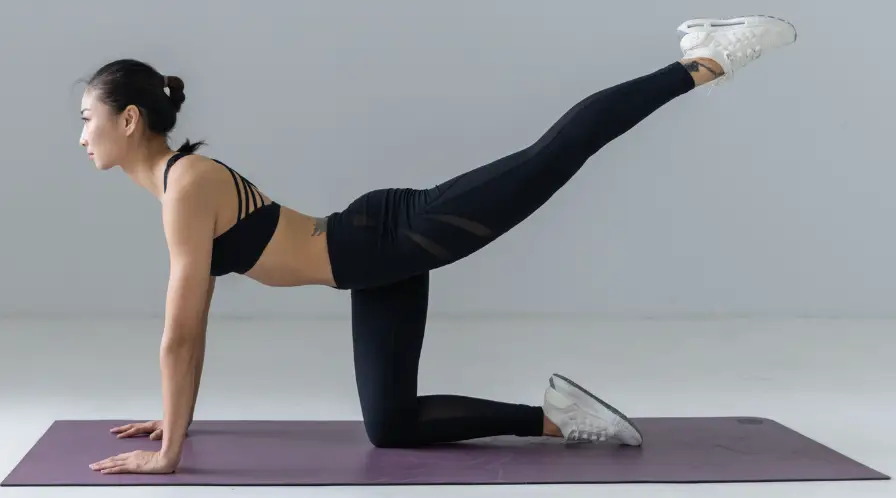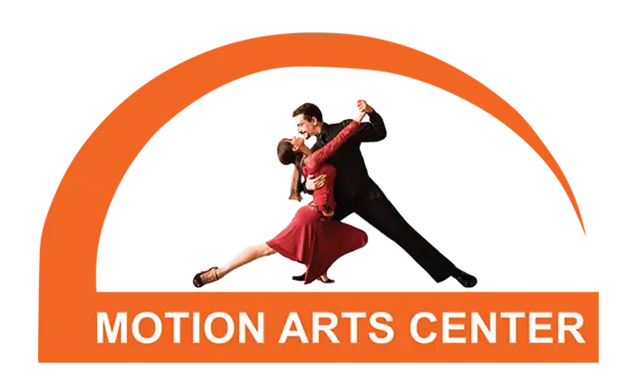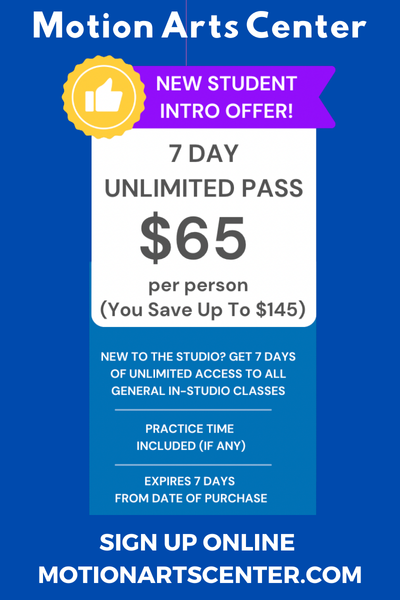
Pilates, a renowned exercise method developed by Joseph Pilates in the early 20th century, has evolved into a global fitness phenomenon. Rooted in the principles of strength, flexibility, and control, Pilates offers a holistic approach to physical fitness that goes beyond just building muscles. By emphasizing core strength, alignment, and mindful movement, Pilates guides practitioners towards a harmonious union of body and mind.
Let’s dive into the world of Pilates, exploring its history, principles, and the transformative impact it has on individuals seeking a balanced and healthy lifestyle.
The Origins and Evolution
Joseph Pilates, a German fitness enthusiast, developed the Pilates method during World War I as a way to improve the physical and mental well-being of injured soldiers. Drawing inspiration from yoga, gymnastics, and martial arts, Pilates created a series of exercises that focused on controlled movements, proper alignment, and the development of core strength. Over the years, his method gained popularity and has since evolved into various forms, adapting to the needs and preferences of modern practitioners.
The Core Principles
At the heart of Pilates are six core principles that guide its practice:
- Concentration: Each movement requires focused attention to ensure proper form and alignment.
- Control: Pilates emphasizes precise and controlled movements to enhance strength and flexibility.
- Centering: The core, often referred to as the “powerhouse,” is the focal point of Pilates exercises.
- Precision: Every movement is performed with precision, focusing on quality over quantity.
- Breath: Coordinated breathing supports movement, promotes relaxation, and enhances body awareness.
- Flow: Pilates encourages smooth and fluid transitions between exercises for a seamless workout experience.
Building Core Strength and Stability
Pilates is renowned for its ability to strengthen the core muscles, which include the abdominals, lower back, hips, and pelvis. These muscles serve as the foundation for all movement, supporting proper posture, stability, and balance. Through a series of exercises that engage the core, Pilates builds strength from the inside out, creating a stable and strong foundation for daily activities and other forms of exercise.
Mind-Body Connection
Pilates is more than a physical workout; it’s a practice that encourages a deep mind-body connection. The focus on mindfulness and concentration cultivates body awareness, helping practitioners tune into their movements and sensations. As a result, Pilates becomes a form of moving meditation, allowing individuals to connect with their bodies, alleviate stress, and promote mental clarity.
A Practice for All
One of the beauties of Pilates is its adaptability to various fitness levels and goals. Whether you’re an athlete looking to enhance performance, a beginner seeking to improve posture, or someone in search of a gentle exercise routine, Pilates offers a versatile range of exercises that can be tailored to individual needs.
Conclusion
Pilates is a journey of self-discovery and transformation that goes beyond the confines of a traditional workout. Through its core-strengthening exercises, focus on alignment, and mindful movement, Pilates promotes physical vitality, mental clarity, and overall well-being. As you step onto the mat and engage in each precise movement, you’re embarking on a pathway to balance, strength, and a harmonious union of body and mind.
So, roll out your mat, embrace the principles of Pilates, and experience the transformative power that this method brings to your life.







